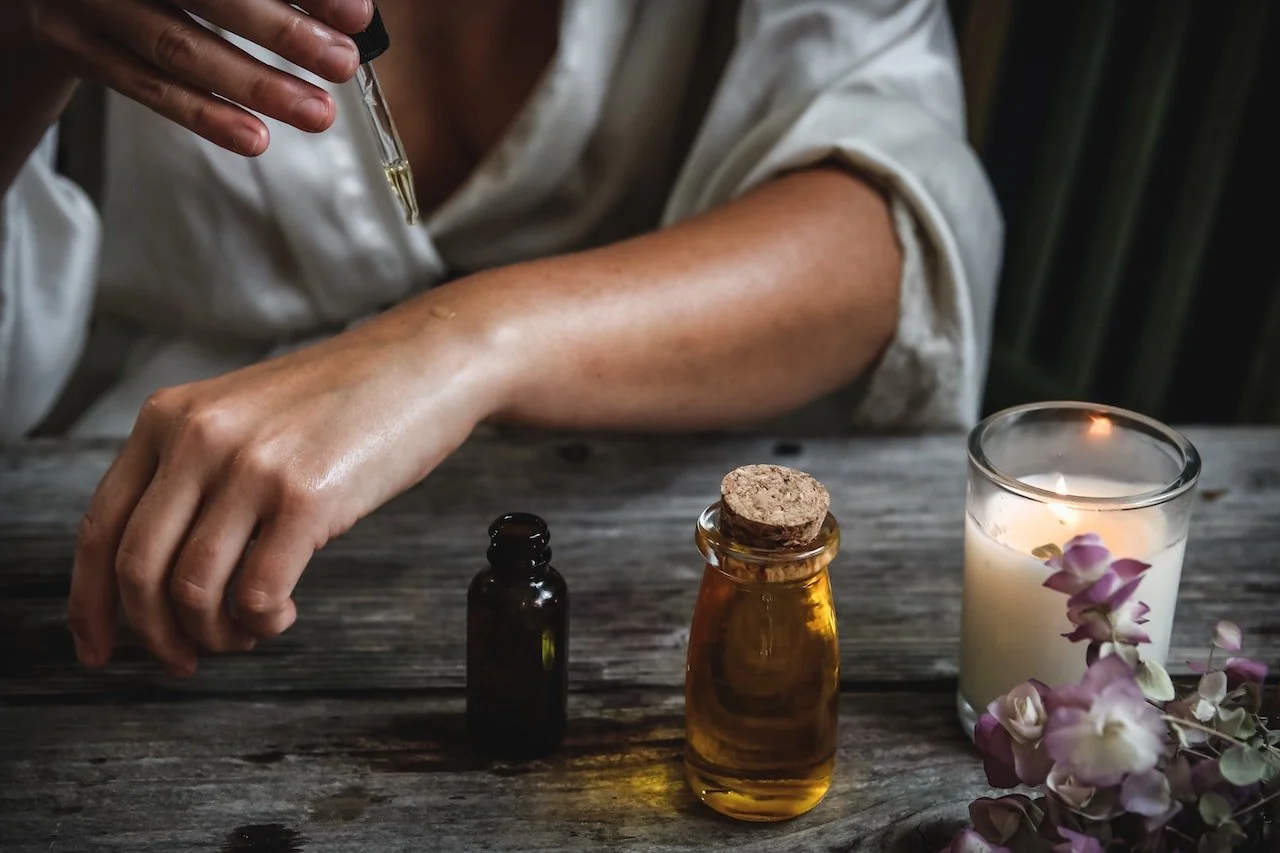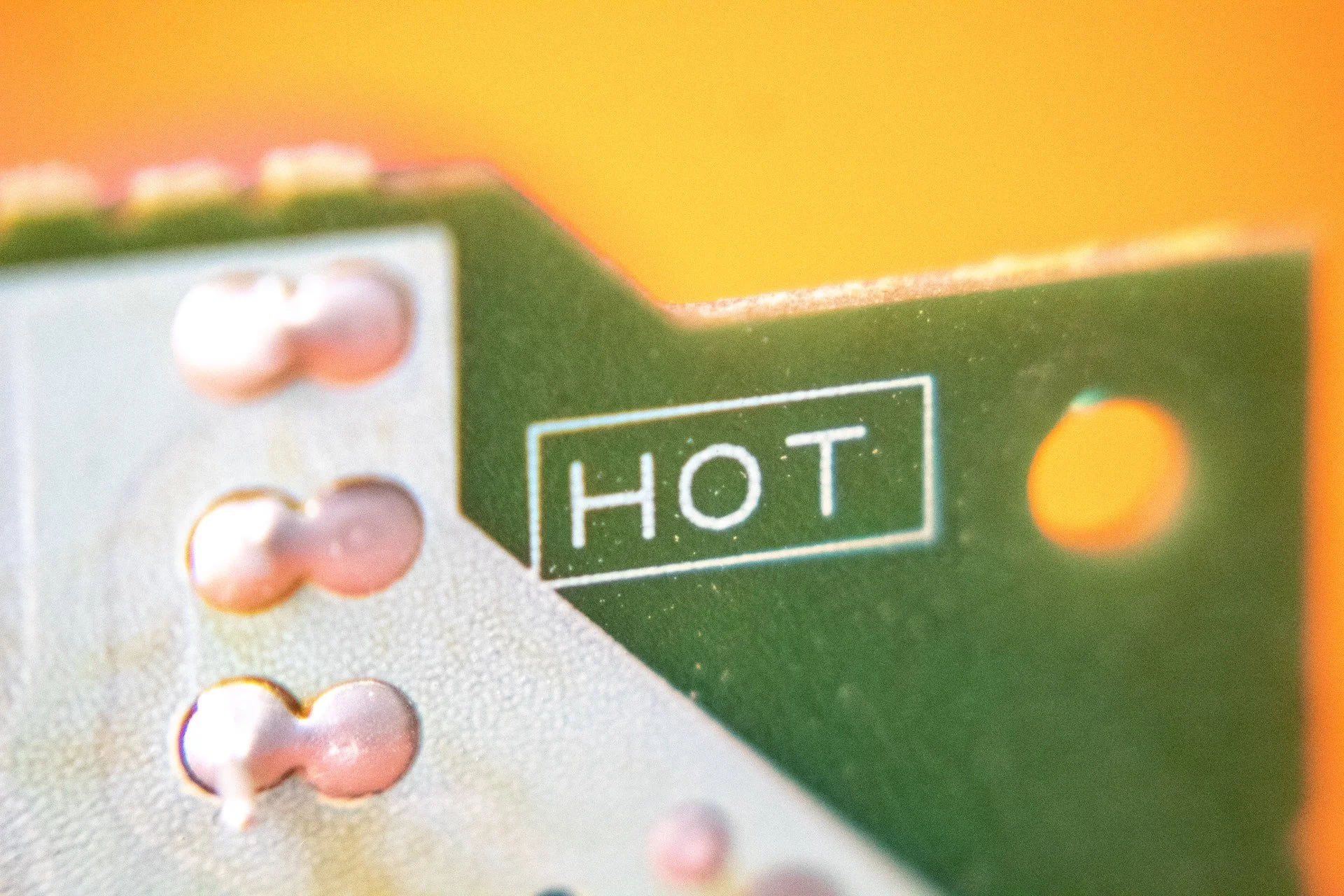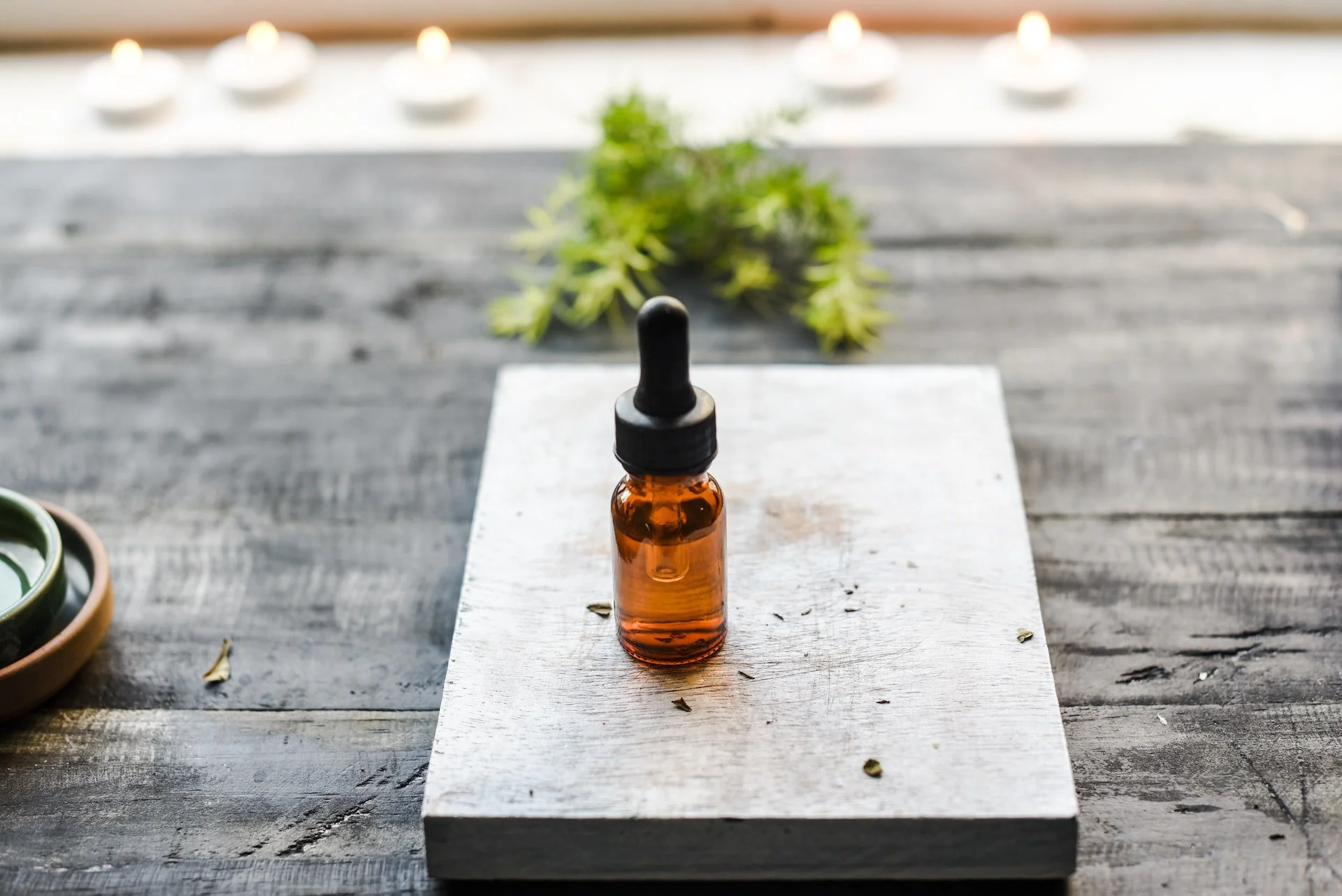9 Common Hot Oils and How to Apply Them with Confidence
Hot Essential Oils
Hot oils are essential oils that cause a hot or warming sensation when applied to the skin. Depending on sensitivity to the hot oils and where they are applied, some people can even feel a burning sensation. There are also oils that are not as strong as hot oils, but may cause a slight warming or cooling sensation, called "Warm Oils." However, if you are aware of which oils can cause these reactions, and how to avoid burning, hot essential oils as well as warm oils can provide many benefits!
Benefits of using Hot Oils
Some major benefits of using hot oils are that the hot or warming sensation can be stimulating, soothing, and help to relief tension and discomfort. If you have acute pain, or pain brought on by the changing of the seasons, the heat from these oils can literally warm you up!
Hot essential oils are valuable during the colder months not only for their scents, especially those with warming fragrances, but also for the anti-bacterial property and immune support that many have. By using hot essential oils during months where seasonal illnesses spread, you can help keep yourself healthy and facilitate recovery if you do fall ill. Furthermore, many of them are known to help ease stiffness and body aches that may arise from shoveling snow, sledding, or simply from long-term exposure to cold air.
Top 9 Common Hot Oils
Cinnamon/Cinnamon Bark
Cinnamon essential oil is one of the top hot oils. Cinnamon, whether in food, candy, or oil form generally always has a sharp, hot kick. This hot oil has wonderful immunity boosting effects.
Oregano
This popular spice for cooking is also a warming, cleansing oil. Oregano essential oil offers powerful antioxidants, and adds some heat when applied topically. It can also be used to fight fungus.
Clove
This warm, woody smelling essential oil was once a popular ingredient in chewing gum. Clove essential oil is known to cleanse teeth and gums and have a lightly antiseptic quality.
Peppermint
Peppermint has been used for centuries to soothe digestion difficulties, freshen breathe, and relieve colic, gas, headaches, heartburn and indigestion. Instead of a warming sensation, peppermint oil provides a cooling sensation, also wonderful for hot flashes!
Thyme
Thyme is another cooking ingredient that does double duty as an essential oil. Thyme oil is a potent, warming oil that is often used for its cleansing and purifying properties.
Cassia
This oil has been used as far back as biblical times. Cassia oil may promote digestion and immune function. This oil has a strong and uplifting scent.
Ginger
Also commonly found in food, Ginger essential oil brings hot, earthy notes to any blend and can help support healthy digestion and ward off nausea.
Hyssop
Hyssop is often used for digestive and intestinal issues as well as for respiratory issues, such as soar throats and congestion. This purifying and immune boosting oil has an herbal and fresh scent.
Wintergreen
Wintergreen essential oil has a powerful, naturally occurring chemical constituent called methyl salicylate and it provides a cooling and soothing effect when applied topically. It can take a deep tissue massage to the next level!
**NOTE: Any oil blends that contain the oils above are considered hot oils.
Warm Essential Oils
Warm essential oils will also provide a warming sensory experience when applied topically, but will not be as strong as the “hotter” oils. Meanwhile, other oils can trigger a strong, physical sensation when applied topically, but are not warming or hot. In fact, you may actually feel a bright, cold feeling instead.
Top 8 Common Warm Oils
Black Pepper
A common ingredient for foods that need a bit more spice, Black Pepper oil adds sharpness to cooking and helps stave off seasonal and environmental threats in topical applications.
Lemongrass
Known for its light, fresh, citrus aroma with earthy undertones, Lemongrass has a richer, more smoky scent than lemon oil. Refreshing, rejuvenating, stimulating, and balancing, it inspires and improves mental clarity and is purifying and toning to the skin.
Ocotea
Ocotea essential oil is a cousin of cinnamon and has similar warming properties. If you find Cinnamon too hot, Ocotea essential oil may be a suitable alternative, as it also has cleansing and purifying properties.
Cypress
This oil has a clean and fresh scent that blends well with citrus oils. Cypress can stimulate your senses when applied to the skin, and instantly stop a bloody nose when applied to the bridge.
Eucalyptus
Eucalyptus is commonly used to address symptoms of colds, since it has clarifying and energizing qualities that are known to reduce the discomforts of congestion and body aches.
Frankincense
Frankincense is a well-known and treasured essential oil that was carried by the Wise Men to celebrate the birth of Baby Jesus. If you’re not familiar with Frankincense outside of this context, this lightly warming oil is in many lotions and perfumes and is great for soothing and rejuvenating your skin.
Rosemary
The fresh quality of Rosemary's woodsy and herbal aroma makes it uplifting and stimulating, properties that make it ideal for enhancing the mood and increasing cerebral activity as well as focus. This strong oil is reputed to encourage feelings of boldness, energy, and freedom.
Cardamom
The sweet and spicy fragrance of this essential oil leaves an alluring woodsy trail that is soothing, grounding, and fortifying to the mind. The calming effect of its aroma helps to uplift the mood, boost energy levels, improve attentiveness, reduce fatigue, anxiety, and stress, and promote emotional stability.
Juniper Berry
The sweet – sometimes bittersweet – and woodsy aroma of Juniper Berry Oil has a fresh, crisp quality that inspires a sense of purity when diffused indoors. Juniper Berry's calming and sedative effects, which help to comfort the mind and body, help create favorable conditions that support a spiritual mindset, making it ideal for use during prayer and meditation.
Marjoram
Marjoram is widely known for its ability to assist in the monthly pain that women experience. The warm, heady, and sedative aroma of this spicy essential oil has nuances of sweetness that is said to invigorate as well as to promote feelings of calmness, inner balance, and mental clarity.
Basil
Another popular cooking ingredient, Basil can really help to create a calm, relaxed environment. It is also ideal for relieving tension and has a strong cooling sensation.
Remember everyone’s reaction to essential oils is a bit different, so some of these warm oils may feel a bit hotter to you.
How to avoid Hot Essential Oil reactions
To be clear, there is no need to fear using hot oils in spite of the potential warming sensations. You only need to use an extra dose of caution and use these safety tips!
Use a patch test procedure prior to first use.
To perform a patch test for adults, apply 1 drop of essential oil to a patch of skin such as the forearm. Observe that area of skin over the course of 1–2 hours for any noticeable reaction, such as hot/burning sensation or rash.
To perform a patch test for kids, click here.
NOTE: most reactions occur usually within 5–10 minutes.
If you experience a hot or burning sensation or develop a rash, add carrier oil to the affected area to dilute as often as needed.
DO NOT WASH WITH SOAP AND WATER. (See below under "What to do if you have a reaction to hot oils" for details)
Safely apply hot oils topically by diluting them.
This is a great book that gives specific recommendations on how to use oils with kids.
Here is a chart on diluting oils for kids and babies.
For adults using hot oils, dilute hot oils to about 5 drops per 2 teaspoons, which equates to a standard 10mL roller bottle.
Use caution when applying hot and warm oils to your face. For example, if you want to apply peppermint to your temples for a headache, only use a small amount diluted with carrier oil, and do not get near eyes.
When rubbing hot and warm oils with your hands, avoid touching your face and eyes until the oils have completely absorbed. You can speed up the absorption by rubbing carrier oil on your hands.
Do not add hot or warm oils to bath water.
Adding essential oils to bath water can make for a relaxing experience. However, adding essential oils to bath water is the same as applying the oils directly to your skin. For this reason, avoid hot oils and warm oils in bath water. For safe and relaxing ideas on how to incorporate essential oils into your bath or shower, click here.
Use veggie capsules or oils in food.
When using hot oils internally, do not place them directly on the tongue or directly in the mouth. You also want to exercise caution when adding hot oils to teas and beverages. This is due to their individual chemical design and how it affects the body. Hot essential oils are merely too strong to be taken directly without altering the application method. But, these oils can be taken internally by adding one or two drops to a veggie capsuleand then taking them with food, or by adding them to a recipe.
NOTE: Only use certified pure therapeutic grade oilsESPECIALLY if ingesting.
Only use a small amount of hot oils when diffusing.
Many hot essential oils have festive, Christmasy scents, and are nice to diffuse around the holiday season. However, even 1 drop can be plenty in a standard size diffuser. Diffusing more hot oils than that may overwhelm your senses or trigger allergies.
For more info on using oils safely with kids and babies, click here.
What to do if you have a reaction to hot oils
If discomfort or irritation occurs, stop using the essential oil and apply a carrier oilto the affected area. If a rash occurs, this may be a sign of detoxification. Drink adequate water to encourage the release and removal of toxins in your body. Toxins present in petrochemical-based soaps and skin care products, detergents, and perfumes may trigger some of the detoxification reactions. Consider discontinuing these agents if a reaction occurs. Before using the essential oil again, perform a patch test (see above under “How to avoid Hot Essential Oil reactions”) and dilute with a carrier oil as needed.
Be aware that some documents suggest diluting the oil with water, but water actually drives oil into the skin and eyes. Never use water in an attempt to flush the oil off of the skin, as this may increase discomfort. If essential oil gets in your eye, flush with a quality carrier oil as quickly as possible to alleviate any discomfort. Again, do not flush with water, as water will push the oil deeper. Essential oils “attach” to the fat in a carrier oil, diluting the oil quickly. If eye discomfort does not subside within 5 minutes, seek medical attention.
I hope this helps you feel confident in your use of hot and warm essential oils!
xoxo
j






